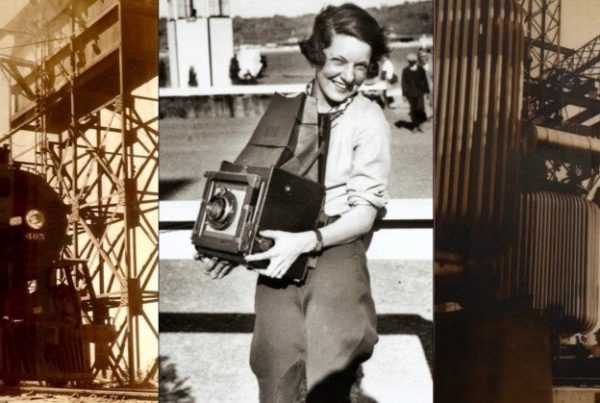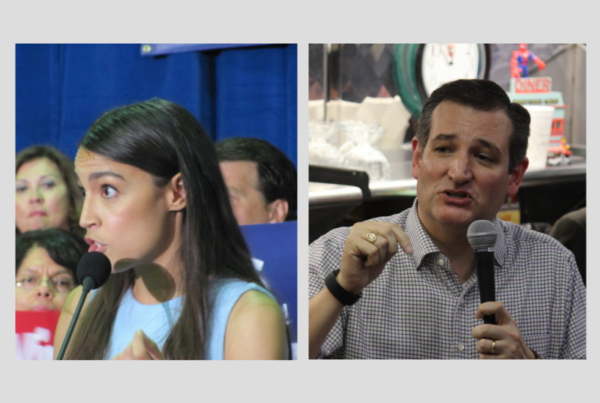March Madness is high season for basketball spectators. The weekslong college basketball tournament draws millions of TV viewers, and is a cash cow for the NCAA. But some fans, and critics, have found it hard to ignore the differences between the men’s and women’s sides of the tournament.
Photos of a weight room used by women’s teams in the tournament, with a few dumbbells and yoga mats, have circulated around social media. They’re in stark contrast to more fully equipped men’s facilities. But there are other differences, too. Women get prepackaged food, while men’s teams have access to a large buffet. Perhaps most importantly, women’s teams can’t use the March Madness brand.
Wall Street Journal reporter Laine Higgins told Texas Standard that all of these differences are rooted in money.
“The men’s tournament is incredibly lucrative for the NCAA. It accounts for about 80% of their $1.6 billion in revenue in any given year,” Higgins said.
That revenue comes from mega-TV broadcasting deals for the men’s games. Women’s games, on the other hand, are broadcast as part of a bundled contract that includes 24 other sports championships. Higgins says the women’s games bring in about about $35 million per year – “orders of magnitude” less than the men’s contract. And that’s the money women’s teams have to reinvest back into their programs.
“You kind of have this chicken-and-egg situation where success and investment begets success and investment,” Higgins said. “People argue that there’s not much parity in women’s basketball and that there’s a pretty big dropoff between the top end of teams and the bottom end. Well, that’s also because there is a huge drop off in investment of those teams on the women’s side.”
Higgins argues that women’s teams could generate more revenue if schools invested more in them up front.
The NCAA could also help by giving women’s teams access to the March Madness brand. Higgins says the the blue, black and white logo and the phrase “March Madness,” among other things, are important drivers of revenue for the tournament and they could give the women’s tournament a jump-start. She also says a former leader of the women’s tournament told her it’s not true that the women’s tournament wanted to go it alone, without using the March Madness brand.
“If you look at the games, the games are pretty great basketball games. So it’s hard to argue that adding women to that term would dilute the product,” Higgins said.
But making such charges isn’t simple. Higgins says giving women access to the March Madness brand is up to the 1,000-member NCAA, not just the association’s president.
And while athletic departments across the country are working to improve diversity, Higgins says money still drives decision-making.
“Based on the current structure, you could really ask a question of how many athletic departments really are on that level of wanting that equity,” she said. “Just based on the financial reality, football makes so much more money that it’s easier for an athletic department to justify spending its money there because the return on investment is, as it currently stands, higher.”













